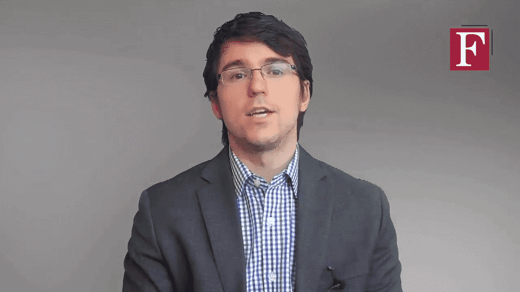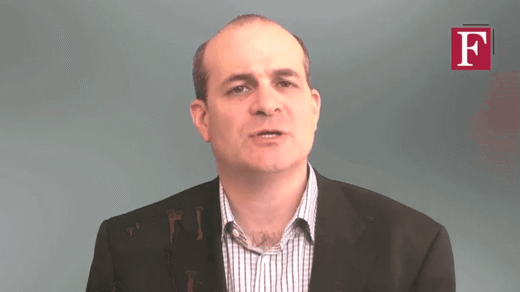I’m Andrew Feldstein of Feldstein Family Law Group, and today I will be talking to you about a current topic that could affect business owners.
The Federal government’s recent proposal to tax business owners in a similar manner as employees has bristled many professional communities across Canada this year. These proposals seek to change the way self-employed business owners can use their businesses to operate in a tax-efficient manner. Under current legislation, individuals have been able to incorporate, allowing them to accumulate passive income through an investment portfolio held within the corporation.
Presently, small business income is taxed at a lower rate than personal income tax. The new proposals call for higher taxes on this income so that it becomes undesirable to keep money in the business. For many business owners, this is their retirement plan. This approach seemed to ease the path of self-employed individuals who often do not qualify for employment insurance or have pensions. While drawing a personal income year to year, individuals were able to leave some money behind for their golden years in a corporate stock portfolio in the event that they were fortunate enough to retain some pre-corporate tax income. The proposed legislative changes would make this kind of financial planning a thing of the past. It seems that members of government proposing these new limitations on business owners have not given thought to the legislation’s implications on family law.
Let’s use an example of a business owner who has $1 million held in a corporate stock portfolio, tucked neatly away for retirement. When she gets divorced, she must declare this asset and it is factored into her equalization payment. Therefore, she will have to pay her ex-spouse approximately half of the value of the asset. With a dividend tax rate of 45.3%, this business owner would be losing almost half of the money she was drawing down in order to make the payment. Therefore, the court order or agreement between the spouses can allow the payer to retain 50% of the tax rate (22.65%). This legal mechanism is called a notional disposition cost, as it accounts for the costs of making the equalization payment. As a result, when paying on that million-dollar asset as a dividend, the business owner pays $226,500 in taxes and the remaining $773,500 is equalized between spouses. That means each party walks away with approximately $386,750. These numbers are simplified and don’t deal with nuanced distinctions between eligible and non-eligible dividends, but begin to give you a sense of how the current system can already be harsh to a business owner involved in a family law issue.
Now under the proposed legislative changes, the Liberal government would like to impose taxes on income held back within the corporation so that people are forced to draw it down now instead of saving it for retirement. For the same woman who made her equalization payment on the value of her corporate portfolio, she may still have the actual asset intact and in her company. However, now withdrawing it as a dividend, she is going to pay $450,300 in taxes. This leaves her with $550,700 of her retirement or pension fund intact after years of building her company. If you factor in the amount she has already equalized on this asset, this amount goes down to $163,950. Her $1 million-dollar nest egg will be effectively whittled down to a sixth of its value under new legislation.
Section 16 of the Child Support Guidelines states that courts ought to look to line 150 of one’s income tax return to determine child support amounts. This section of the income tax return refers to one’s total personal income. When the value of one’s line 150 income increases, so too does child support. If our hypothetical business owner has to declare her $1,000,000.00 dividend as income, she is paying $140,424.00 in child support to her former spouse (assuming she has two children). This additional payment (which she will most likely make to her ex-spouse) will bring her final take-home amount to $23,526.00. Her spouse, alternatively, will have made $527,174.00.
It should be a larger priority of legislators to encourage and support business owners, entrepreneurs and the self-employed. They create a stronger and more diverse economy for our country. Not only would the proposed changes discourage people from starting small businesses, but it has the potential to financially devastate those business owners who find themselves involved in the family law system.
Thank you for listening today. If you would like more information, please visit our website. if you would like to meet with one of our family law lawyers to discuss you family law matter, please contact us at 905-581-7222 to set up an initial consultation.




